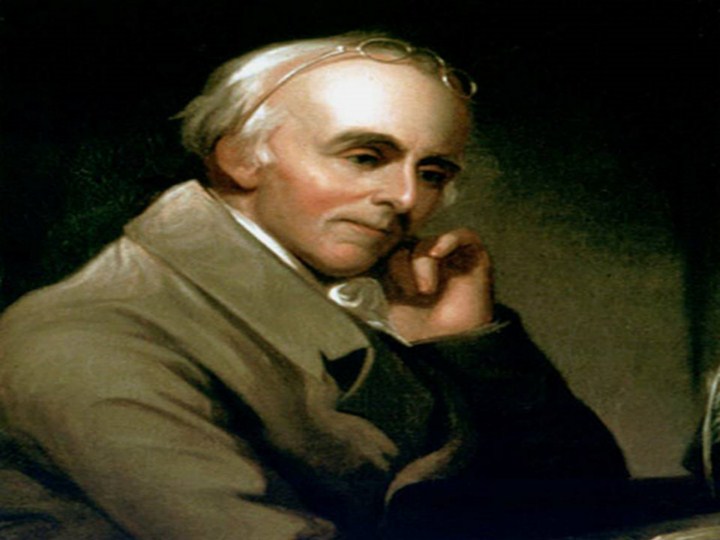 |
First, out of the war came a new body of medical literature that was badly
needed.
Incidents to Armies with a Method of Cure
by Baron van Swietan, [slide
1997]
and
Directions for Preserving the Health of the Soldier
by Benjamin Rush, January 4, 1746 – April 19, 181,
are only two examples of these new medical studies, as war again provided
doctors with outstanding opportunities to examine diseases and wounds
freely, without opposition from religious or other public groups which had
previously hampered their research efforts.
|
